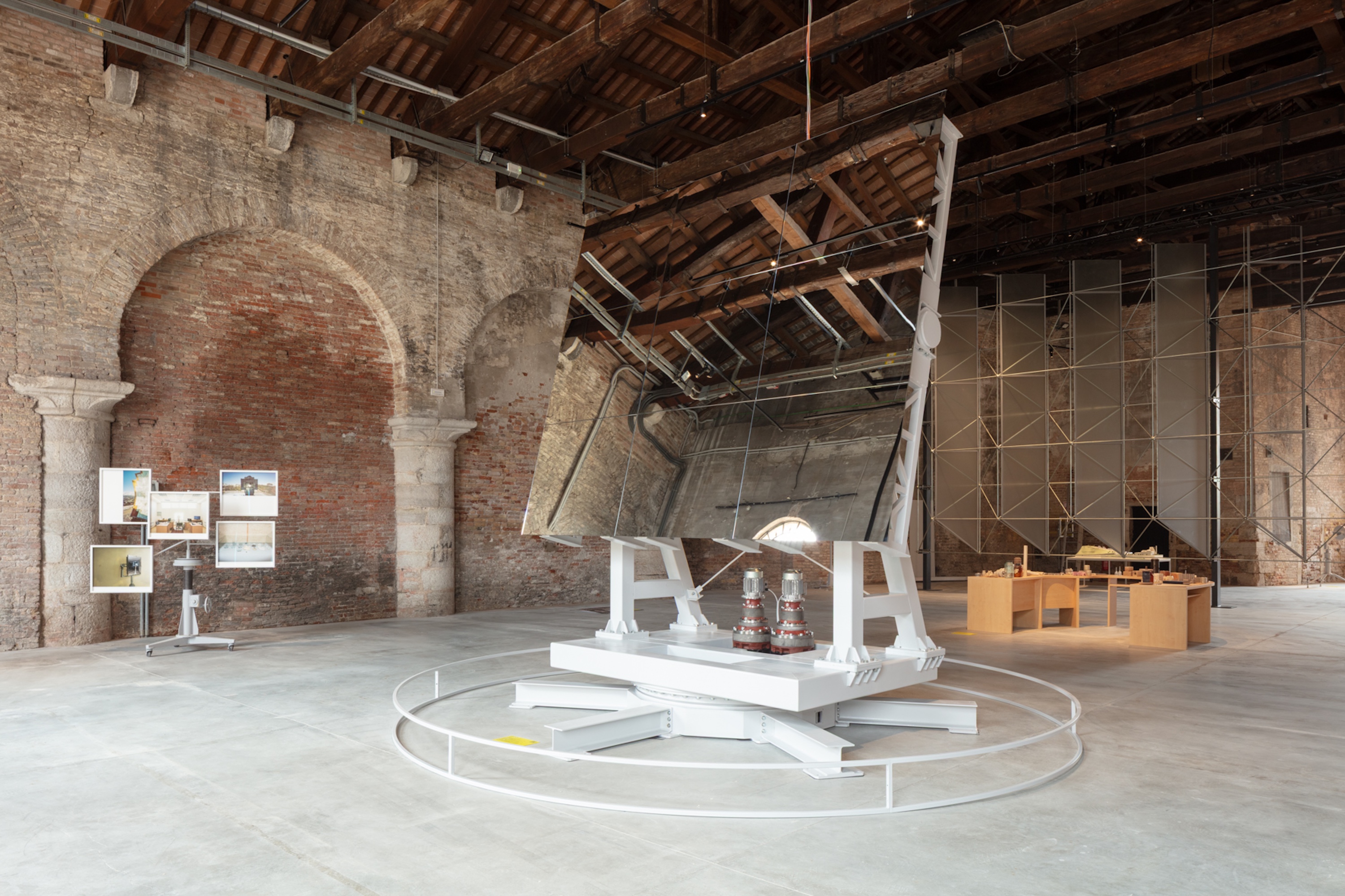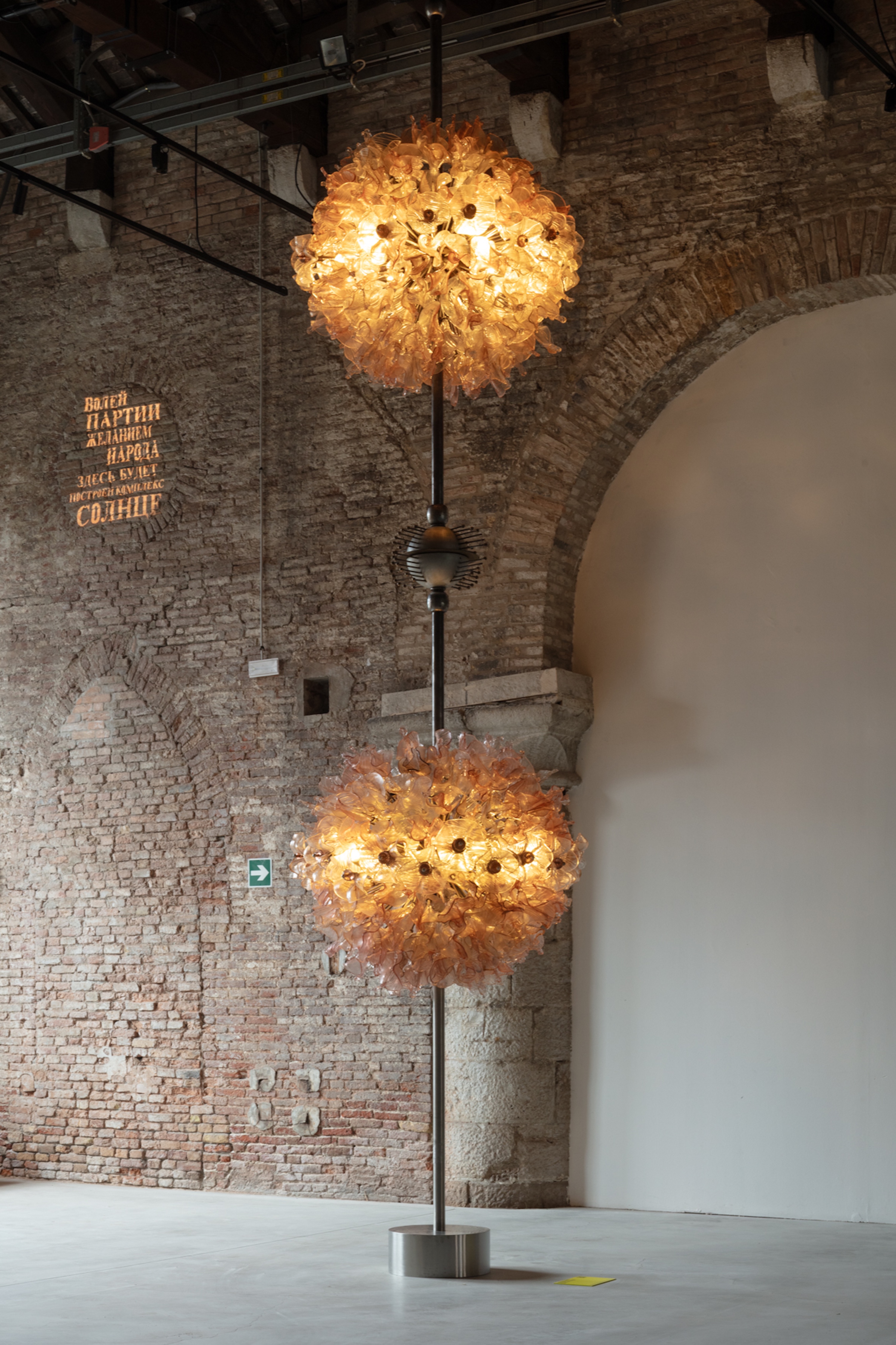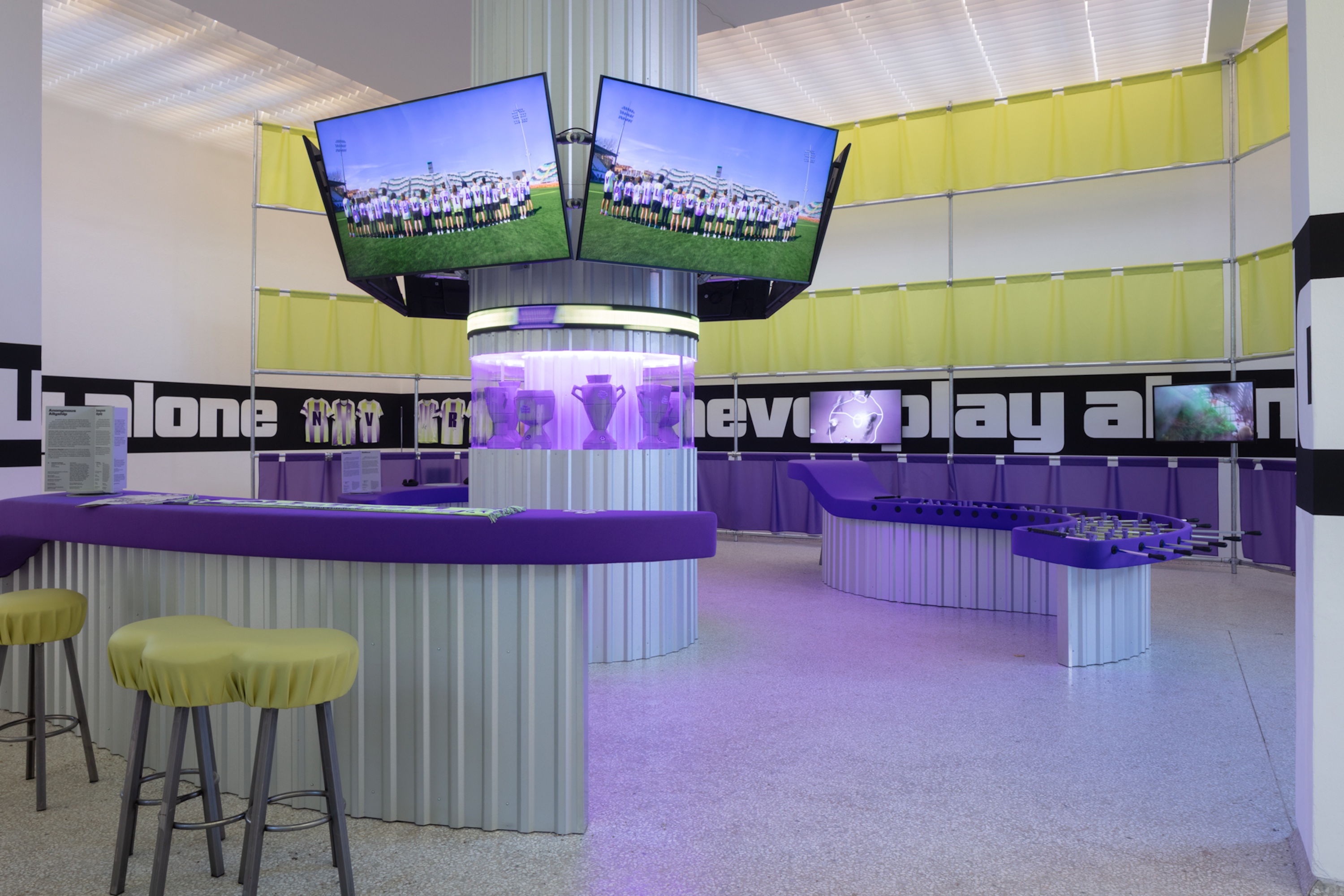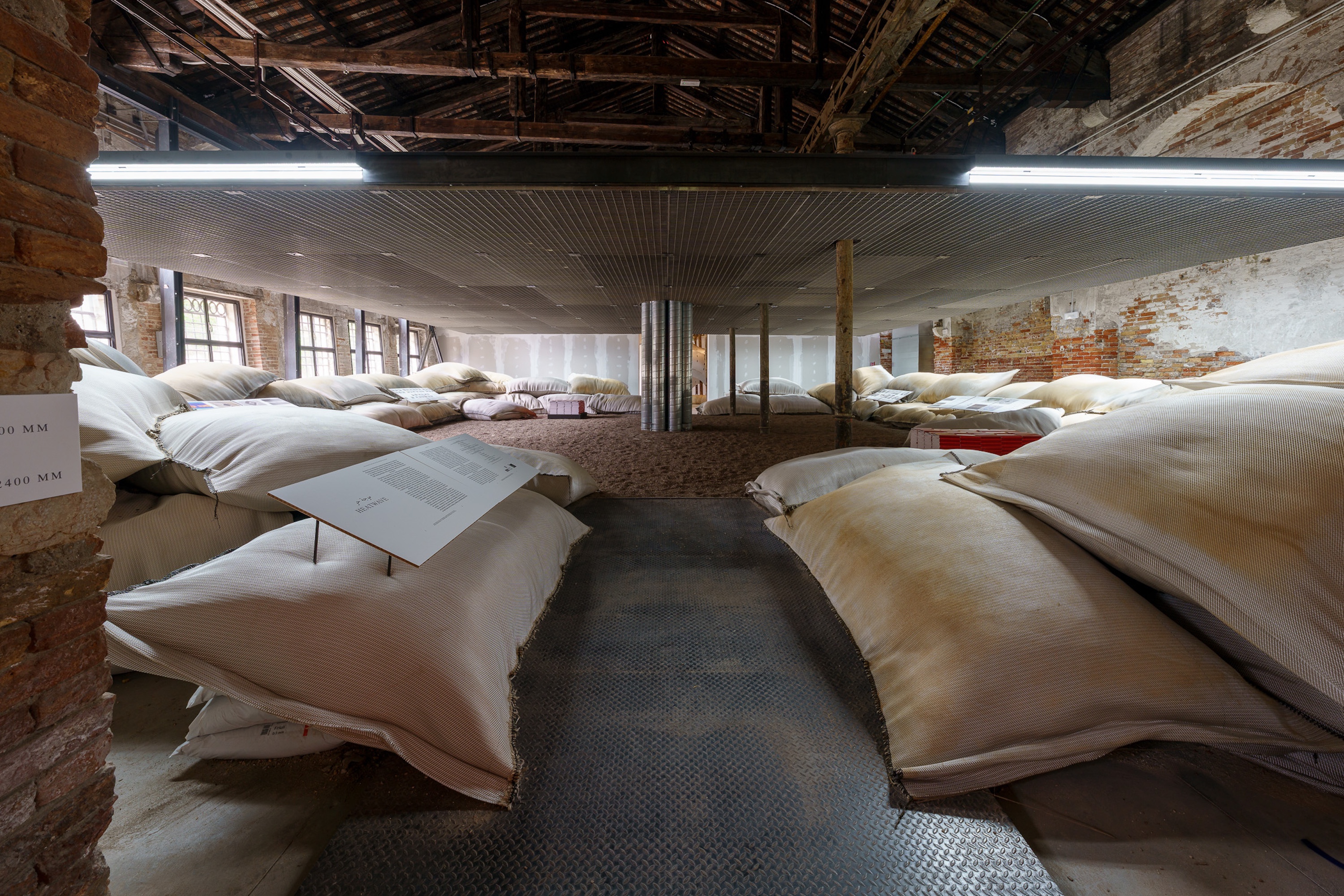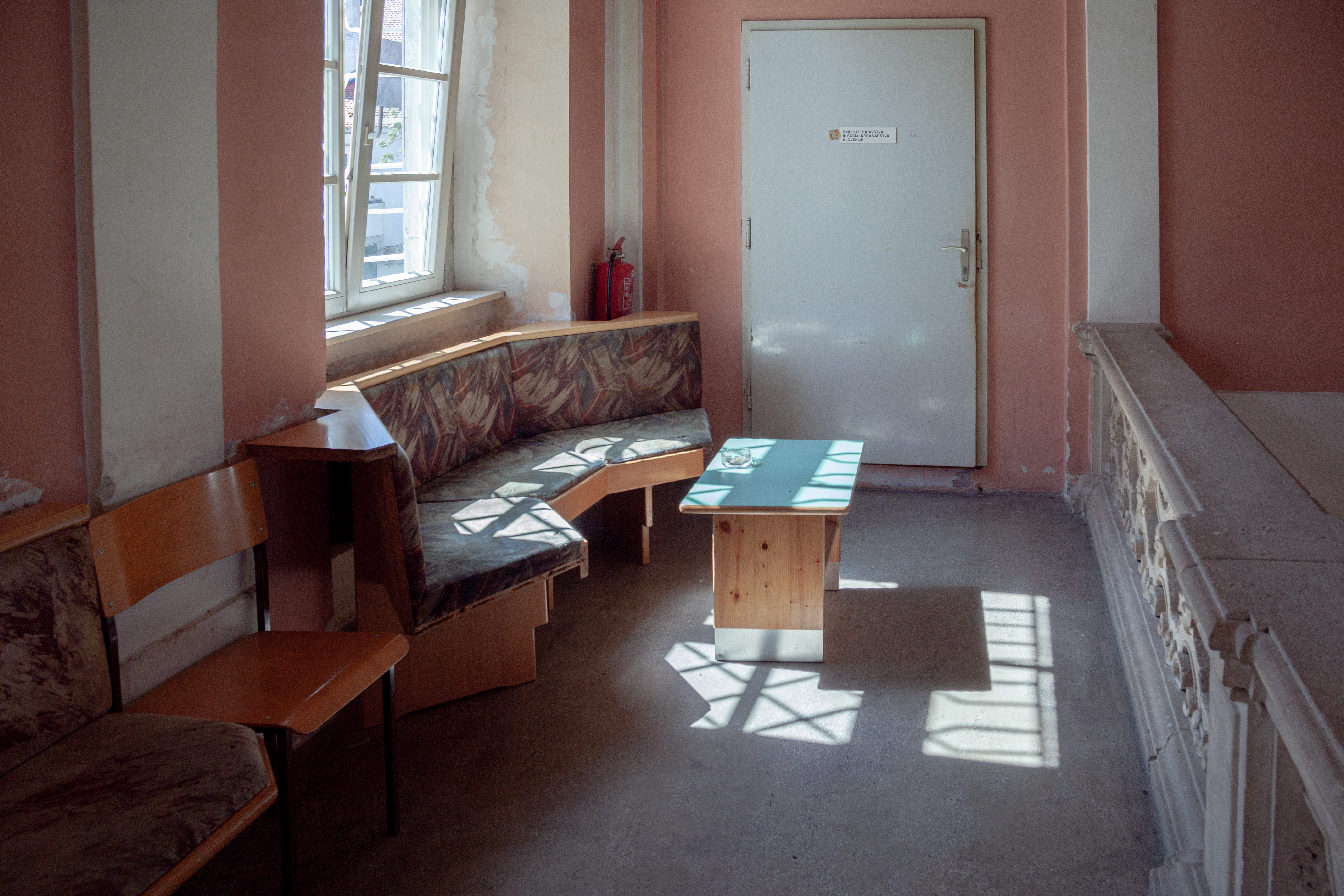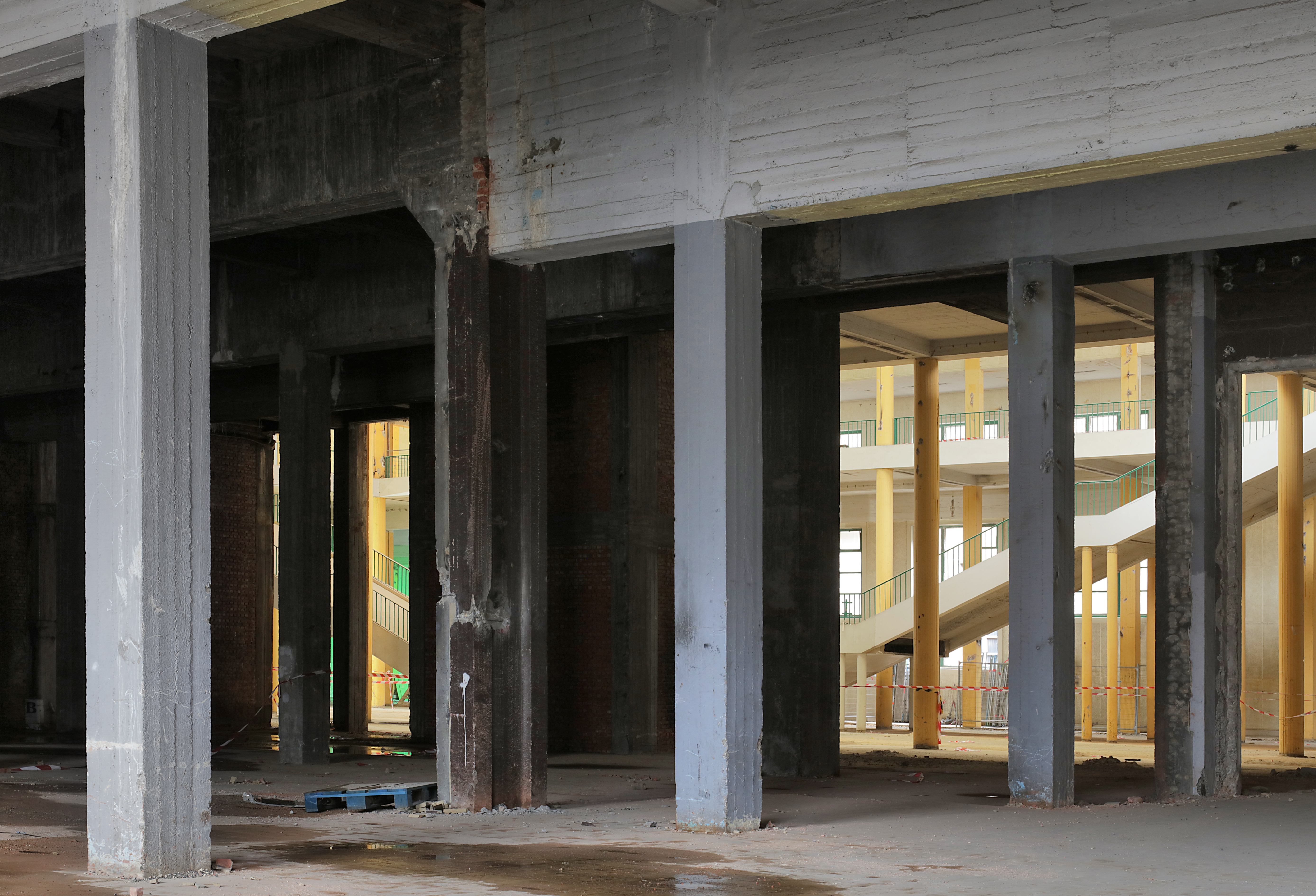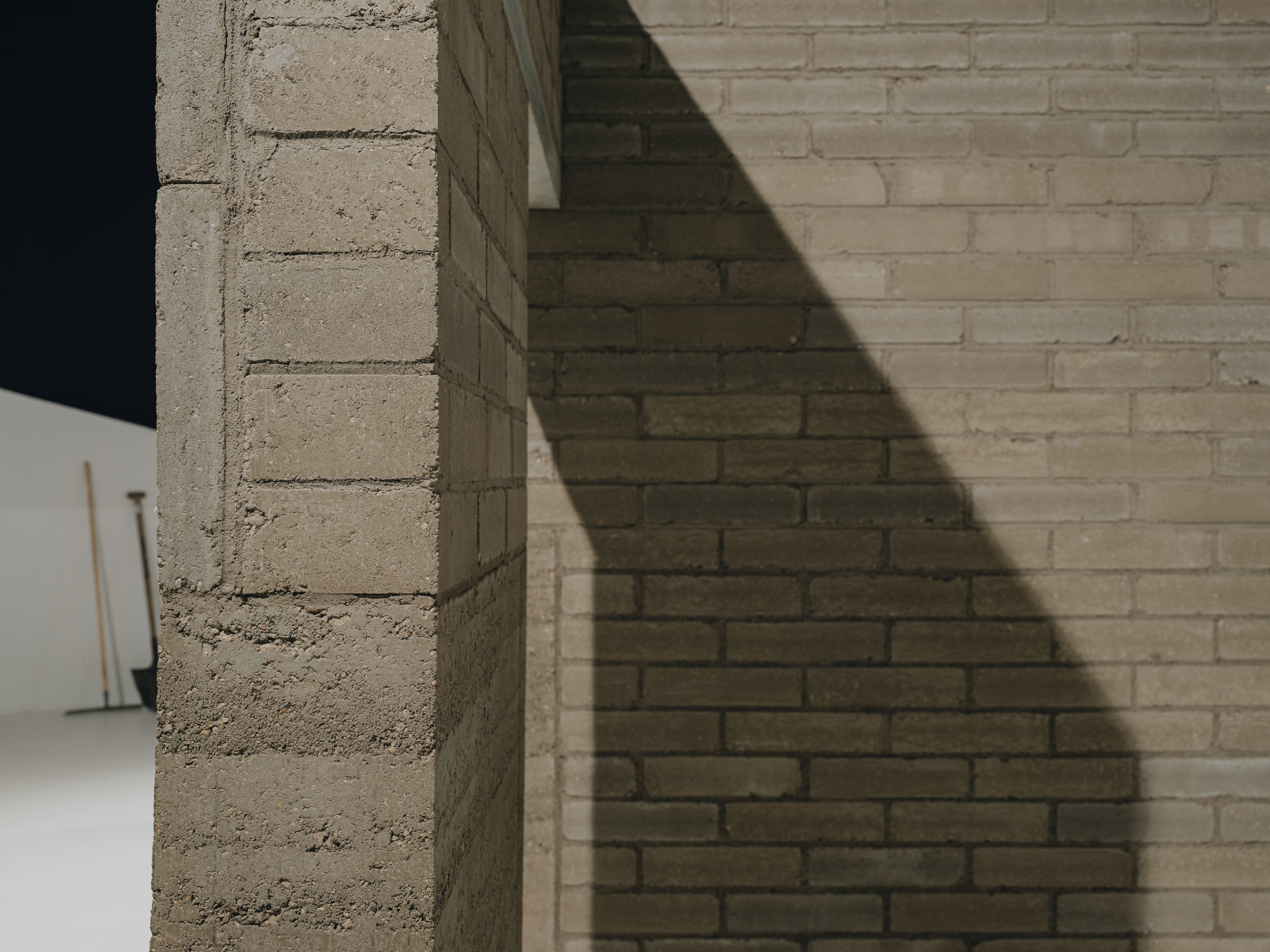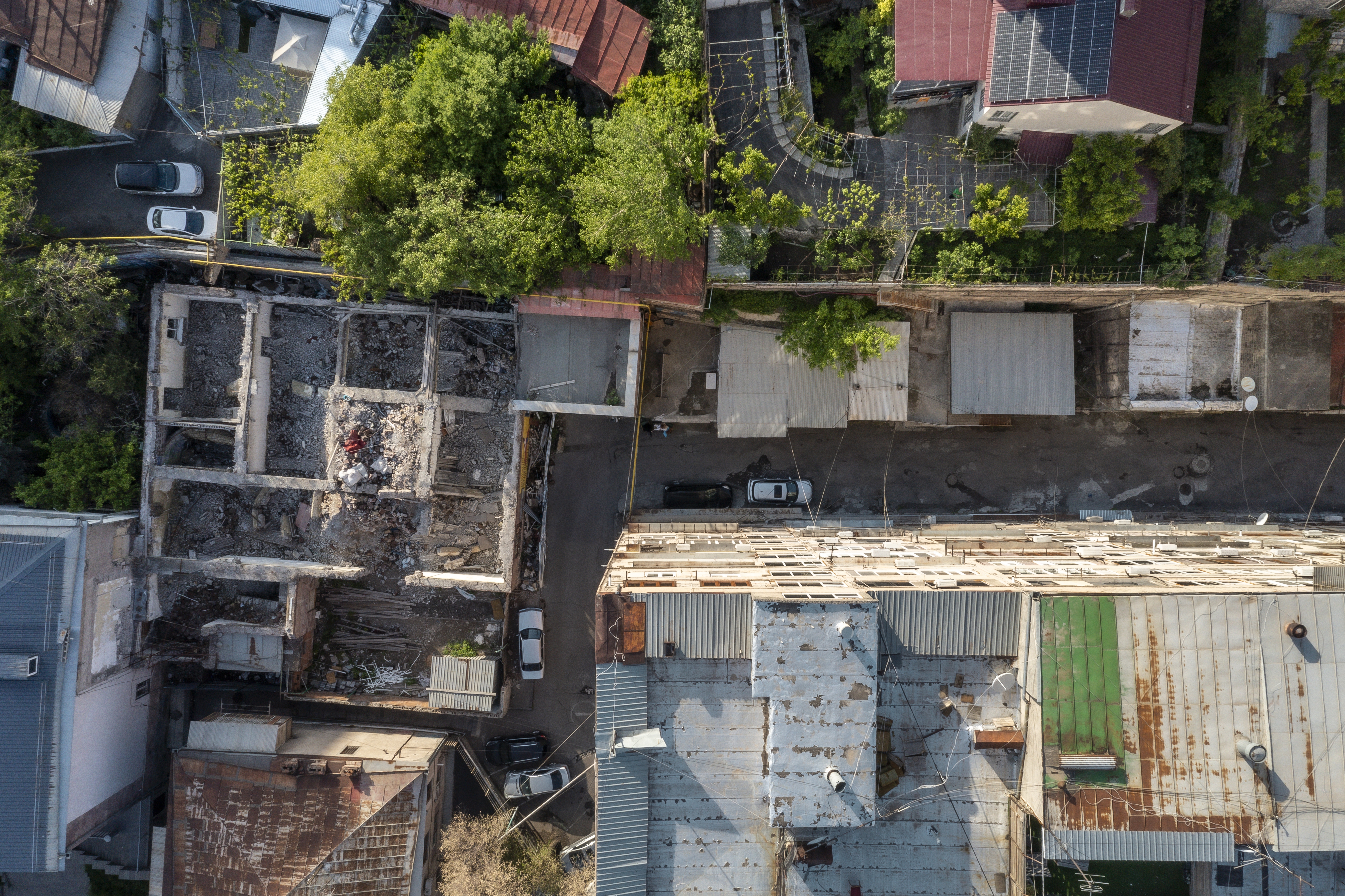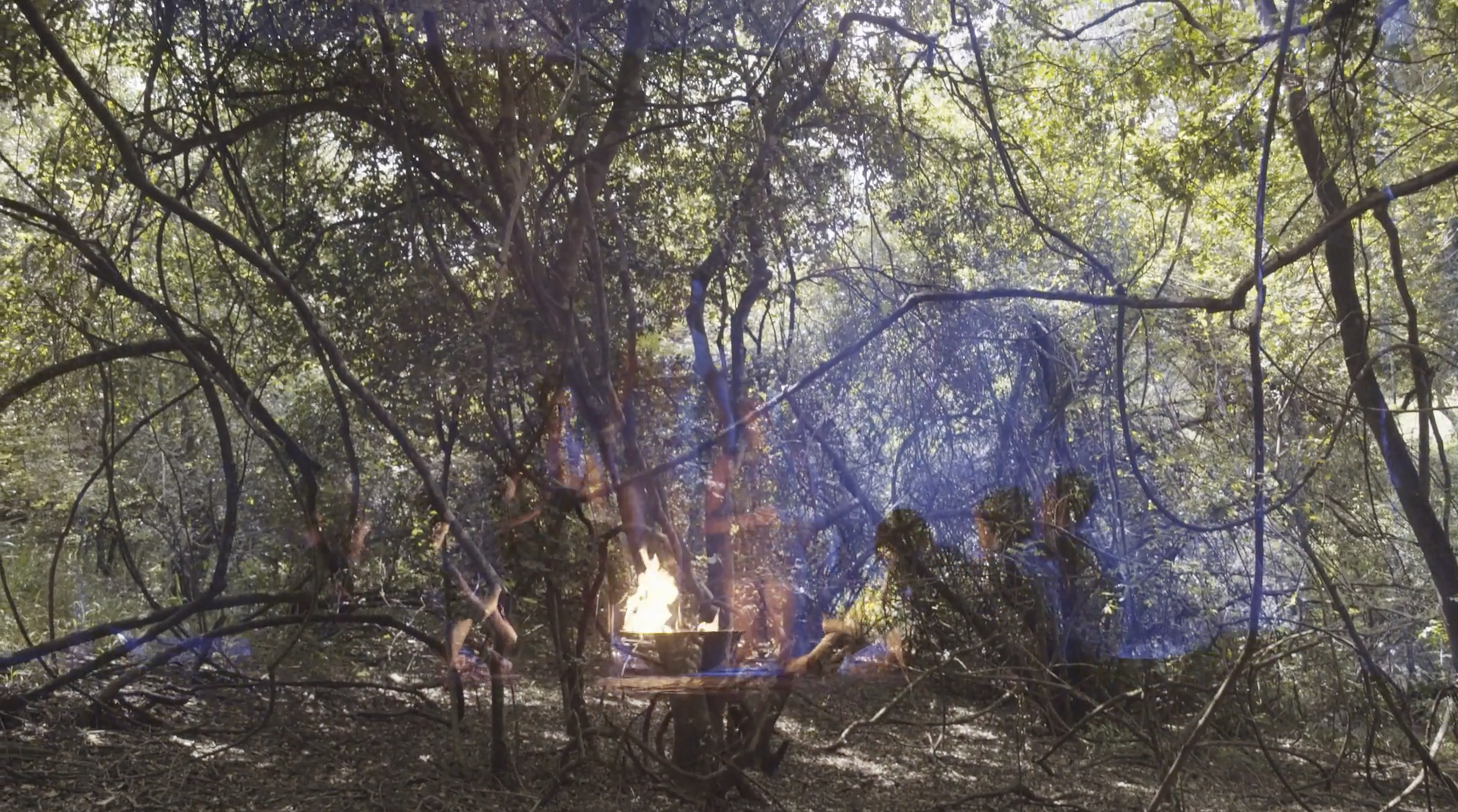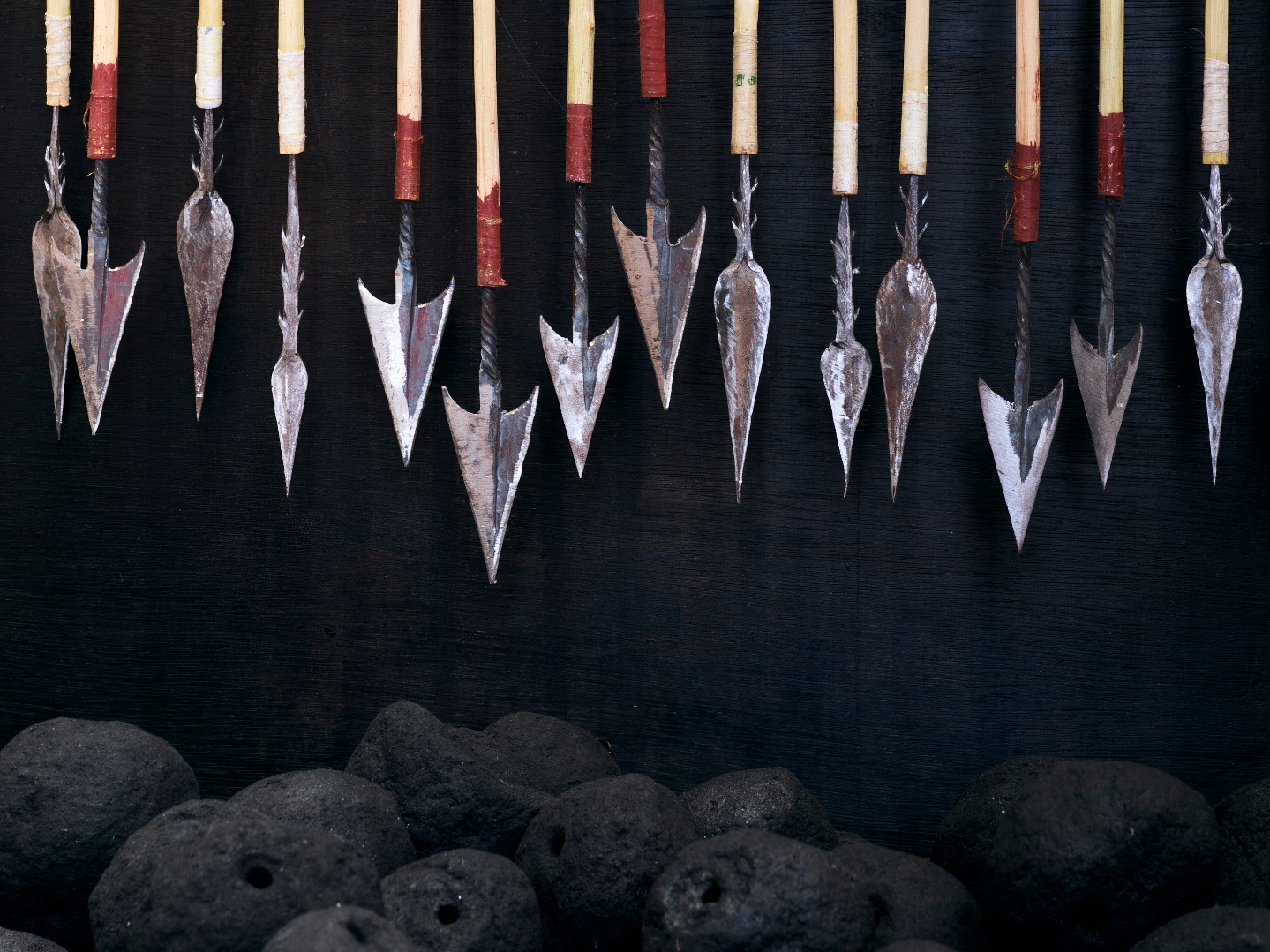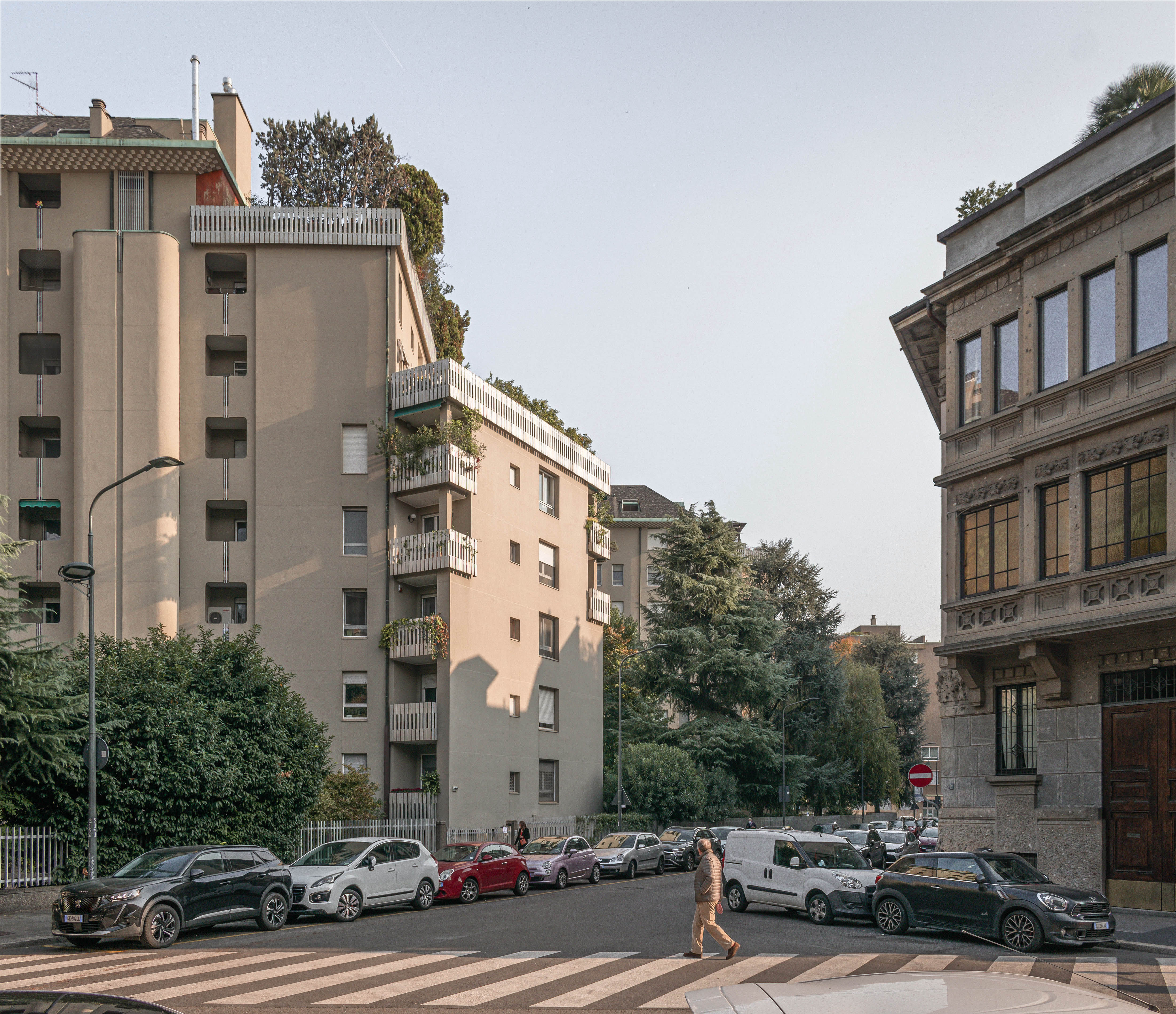May 10–November 23, 2025
After the bewildering jumble of the international exhibition, the national pavilions at the Architecture Biennale are much more substantial. This substance is not always consistent with the demands of an exhibition to be stimulating to the senses as well as intellectually rigorous, to convey an idea through spatial and sensory means, and too many tend towards the presentation of those inscrutable diagrams, innumerable plans, and fiddly models that are the bane of the format. Yet several succeeded in their attempts to reimagine our relationship to both the physical landscape and the built environment, and these proved to be among the most compelling installations.
A visit to the Argentinian Pavilion provides a chance to recharge and rest. With “Siestario,” architects Juan Manuel Pachué and Marco Zampieron explore the relationship between architecture and time. Visitors are invited to climb onto a monumental, inflated, pink silo-bag that crosses the building, and to take a break. What may seem like a lighthearted proposal has deeper resonance, not only in the context of the hectic Biennale itself, but also in its implicit emphasis on resting as a political act in opposition to the demands of an accelerated society. As the social designer Johanna Musch has suggested, napping can serve both as a utilitarian tool to optimize productivity and a form of resistance to capitalist labor imperatives.
The Luxembourg Pavilion offers a more stimulating sensory experience. Its young curators—Valentin Bansac, Mike Fritsch, and Alice Loumeau—present a choral portrait of the tiny European nation. For “Sonic Investigations,” they enlisted the help of sound artist Ludwig Berger, who produced the central installation. Loudspeakers positioned around the circular space take visitors on an aural journey through the country’s landscape: you hear a Pyrenean mountain dog, various bats, and a wood cricket alongside the noises made by parabolic satellite dishes, bridge railings, and electric fences. Subtitles indicate both the location of the recordings and their mode of transmission: air, underwater, vibration, electromagnetics, and radio waves. A central platform in the room naturally invites viewers to sit and listen, but it is best experienced lying down, when the sound piece vibrates through the platform and into viewers’ bodies: the surface itself becomes sensitive and almost alive, as sound and sensation duet together. The audience is invited to reflect on the cohabitation of the landscape by both living beings and technical objects and infrastructures that surround them.
A similar emphasis on collectivity informs the Netherlands Pavilion, which has been transformed into a next-generation sports bar, decked out in purple, yellow, and white. (The garish scheme is in stark contrast to the minimalist chic of the Belgian, Danish, and Swiss pavilions, which present correspondingly tired ideas and elegant if conservative aesthetics.) Curated by Amanda Pinatih, “Sidelined: A Space to Rethink Togetherness” is based on the work of Gabriel Fontana, for whom sports represent social forms. He argues that inventing queer, non-competitive sports can be a way of imagining the transformation of the whole society. His work is firmly rooted in the realm of social design, straddling the intersection of sports, live art, performance, and pedagogy.
The pavilion features video recordings of new team sports and the new rules he has invented. In the center of the pavilion, trophies honor “the no-goalie,” “the disoriented catcher,” and “the ally’s ally.” Designed by Koos Breen and Jeannette Slütter, the space is crisscrossed by a long counter that winds up and down at different heights. At its far end, the counter lowers to become a new kind of foosball table. Rather than face each other, players stand on the same side and play together, collaborating instead of competing. Despite much demand, the fetching sports scarves could not be taken away by visitors—a decision that contrasted with the widespread use of promotional goodies in other pavilions.
Typically, national pavilions compete with one another to design the most ingenious, eye-catching graphics on tote bags distributed during the opening days of the exhibition, transforming visitors into walking advertisements. This year, Uzbekistan’s stands out. Made from a reflective material and displaying the pavilion’s title, “A Matter of Radiance,” its medium and message align. Designed by GRACE studio, the pavilion explores the Sun Institute of Material Science—a massive scientific complex built in 1987—through models, technical objects like monumental solar panels, and photographs; each piece is staged as a work of art. Among them are unmissable photographs by Armin Linke, a specialist in infrastructure and their political structures whose work was also displayed at the Austrian Pavilion. The intention is clearly to affirm Uzbekistan’s historical legacy and present role in energy research, as geopolitical tensions intensify across the region, but the exhibition is convincing.
The same issue was at the heart of the Bahrain Pavilion, winner of the Golden Lion. In “Heatwave,” curator Andrea Faraguna presents a prototype installation of a sustainably cooled public space, inspired by vernacular Bahraini techniques. The central piece is a metallic chimney toward which visitors naturally gather, sitting on large canvas cushions with their feet in the sand. Beyond its function as a public space—particularly precious in a country where the increasingly high summer temperatures mean people are trapped inside their homes—the proposal suggests a striking inversion of the historic image of communities formed by people gathering around a warming fire. In the future, we may congregate in places offering relief from the warmth.
Art historian Philip Ursprung has argued that architecture exhibitions should exceed the conventions of their discipline in order “to look towards the future and what is beyond their boundaries.”1 Architecture is not only to be found in the codified representations used to build spaces—the plans, sections, and models—but also, and above all, in the relationships it creates, the openings it provokes, the interactions it enables and prevents. As the most compelling pavilions at the biennale suggest, architecture exhibitions should not only change our perception of the future but also allow us to rethink what it means to be together.
Philip Ursprung, “Beyond the Contemporary. Why I like architecture exhibitions more than art exhibitions,” arc en rêve, May 20, 2025, https://arcenreve.eu/en/explorations/beyond-the-contemporary.
